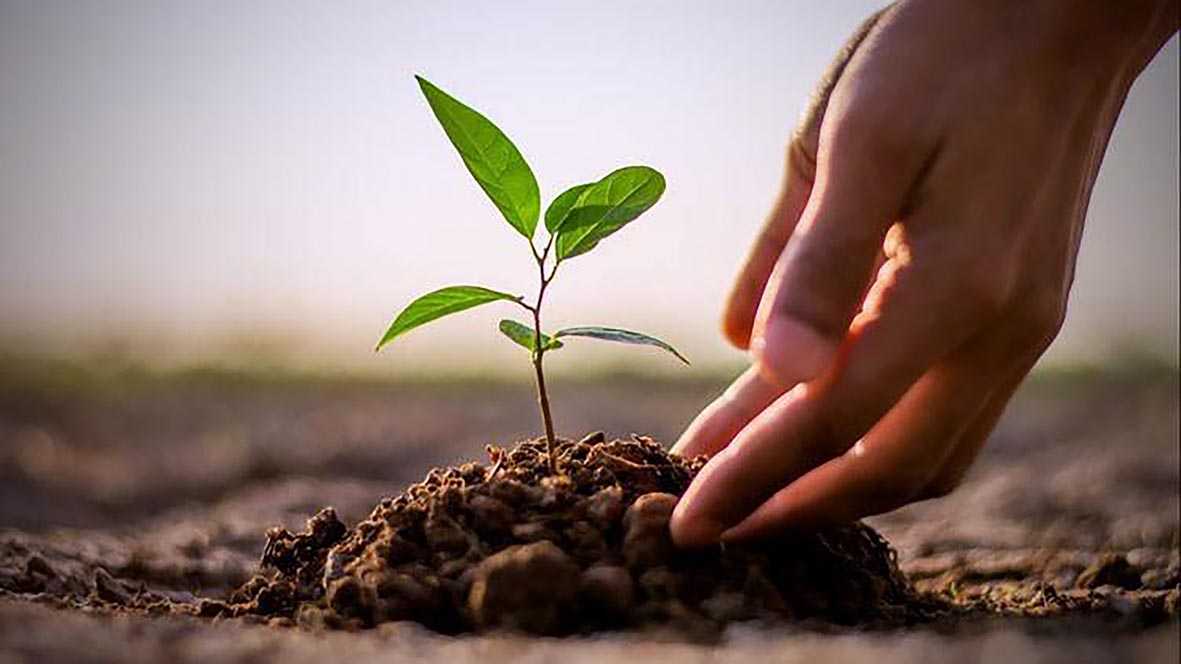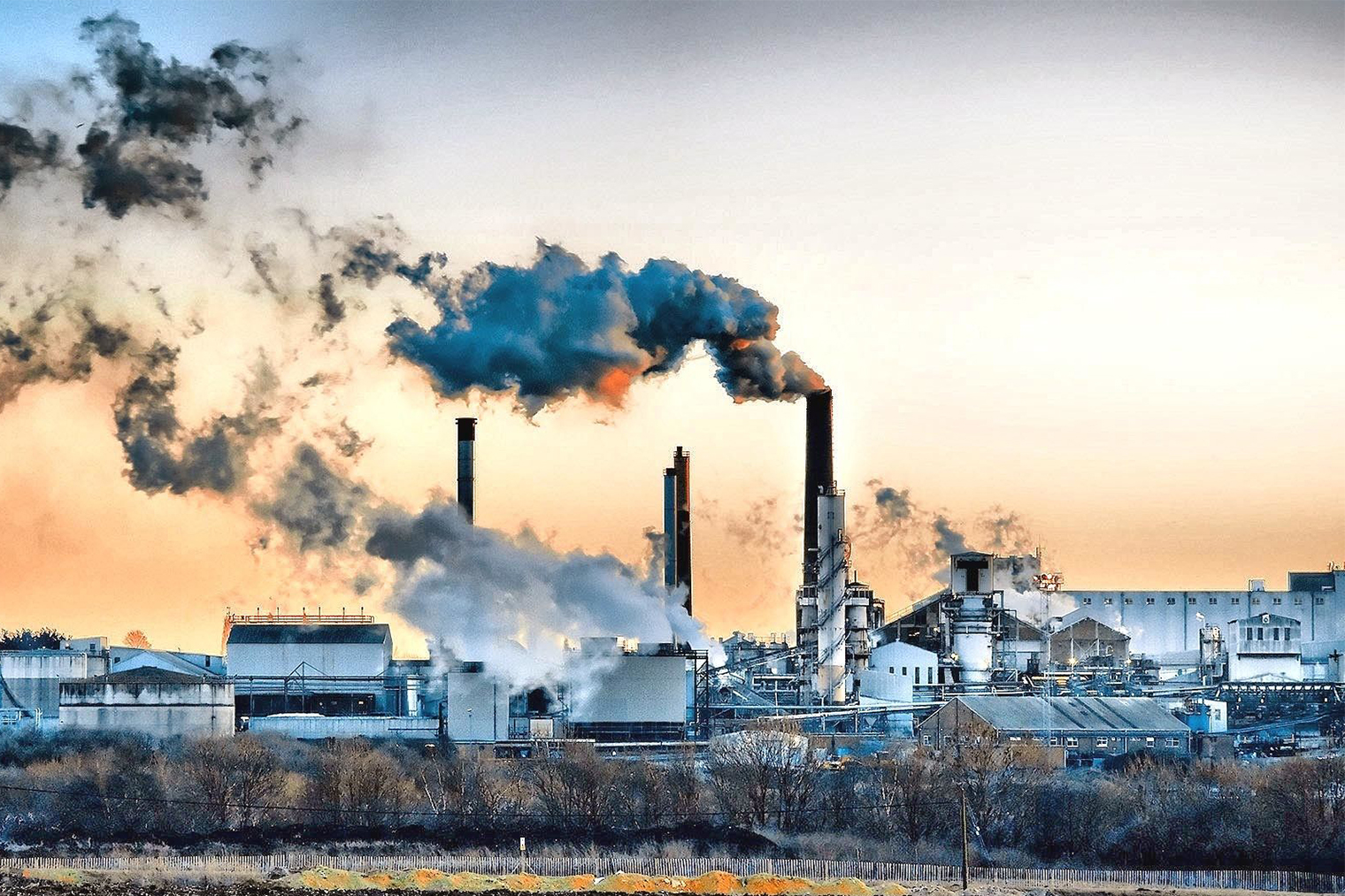- With onset of Short Rains Season, Kenya is entering a transformative chapter in its environmental restoration journey. The Kenya Forest Service (KFS), in collaboration with communities, counties, and national leadership, is driving a smooth initiative to restore the polluted landscapes, protect water towers, and increase climate resilience by planting tree seedlings.
This rainy season, Kenya enters a transformative chapter in its environmental restoration journey. The Kenya Forest Service (KFS), in collaboration with communities, counties, and national leadership, is driving a seamless initiative to reclaim polluted landscapes, protect water towers, and strengthen climate resilience through strategic tree growing.
According to KFS, with more than 500 million seedlings available for planting this season, and a bold national goal of 15 billion trees by 2032, this effort is a civic mission to restore ecosystems, empower communities, and safeguard Kenya’s future against the escalating threats of climate change.
On August 23, 2025, during a community-led tree growing and forest restoration event at Kimothon Forest Station in Mt. Elgon, Trans-Nzoia County, the Senior Deputy Chief Conservator of Forests (SDCCF) for Strategy, Partnerships and Resource Mobilization, Ms. Zipporah Toroitich, praised the local community’s role in restoring the Mt. Elgon water tower, once under threat from illegal activities.
“We thank the Mt. Elgon community and all stakeholders for responding to the call to restore our forests,” said Ms. Toroitich. “Illegal activities must stop. Restoration is a shared responsibility.”
KFS emphasized a critical shift, from tree planting to tree growing, ensuring that seedlings not only survive but thrive.
Read More
To support this, the distribution of 205 million biodegradable potting bags to KFS nurseries signals a firm commitment to sustainability and quality.
“Beyond tree planting, the programme emphasizes tree growing. This means ensuring survival and nurturing seedlings to maturity,” Mr. Lemarkoko noted.
The 15 billion tree growing campaign, which seeks to increase the country’s tree cover to 30%, aligns with Kenya’s Bottom-Up Economic Transformation Agenda (BETA), recognizing environmental health as foundational to public health and economic resilience.
Community Forest Associations (CFAs) remain central to this effort. Despite operating in challenging environments, their work is being recognized and supported. Chief Forest Conservator Mr. Joseph Mbugua commended their resilience and pledged support for income-generating activities that enhance livelihoods while advancing conservation.
The Cabinet Secretary for Environment, Climate Change & Forestry, Dr. Deborah Mlongo Barasa, has issued a national call to action.
“I urge all counties to allocate resources and leverage the Financial Locally Led Climate Action (FLLOCA) programme to scale up restoration and protect ecosystems. Together, we can make Kenya green,” she stated on August 23 in a post on X.
Dr. Barasa also emphasized the need to resolve land tenure disputes through dialogue and to balance conservation with livelihoods.
“Communities must be empowered as custodians of our natural resources,” she added on August 22.
Kenya’s tree growing campaign lays the foundation for a greener, more stable future. With strong leadership and deep community involvement, the country is turning restoration into a shared national mission—rooted in hope, resilience, and civic pride.







